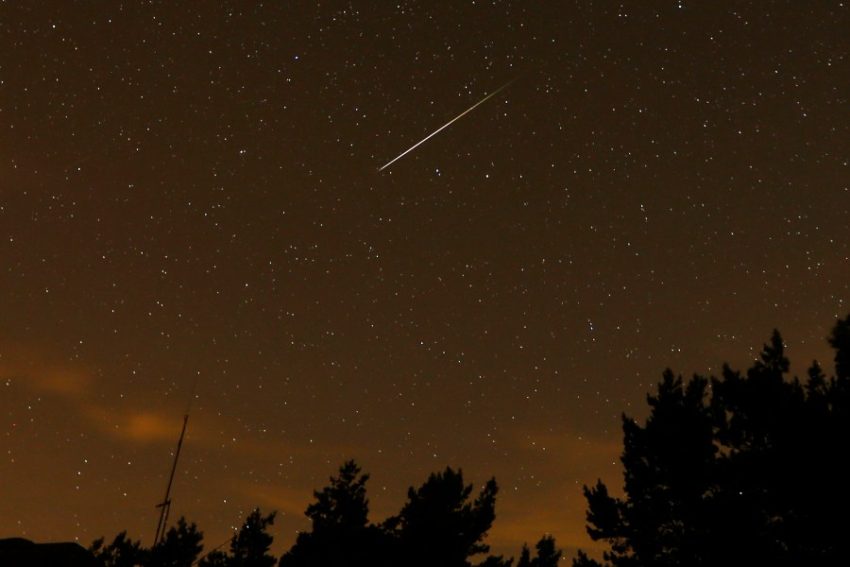The Perseid Meteor Shower Begins: A Celestial Spectacle
The Perseid Meteor Shower, one of the most anticipated celestial events of the year, has officially begun in the northern hemisphere. This annual event offers a breathtaking display of meteors streaking across the night sky, with some leaving behind long trails of light that can be seen for several seconds.
The shower is expected to remain visible until August 23, with its peak occurring around August 12 and 13. During these nights, observers can expect to see between 50 to 100 meteors per hour, depending on their location and weather conditions. The meteors are known for their brightness and speed, often creating vivid trails as they burn up in Earth’s atmosphere.
What Makes the Perseids Unique?
One of the standout features of the Perseid Meteor Shower is the presence of fireballs—meteors that shine brighter than Venus. These fireballs are created by larger particles from the comet 109P/Swift-Tuttle, which was first discovered in 1862. This comet is twice the size of the one believed to have caused the extinction of the dinosaurs. The fireballs from the Perseids have an apparent magnitude of -3, which means they are significantly brighter than most other meteors.
For reference, the full moon has an apparent magnitude of about -10, while the sun measures at -26.7. Despite this, the Perseids are still a dazzling sight, especially when viewed under dark skies.
Best Times and Tips for Viewing
NASA recommends that the best time to observe the Perseids is during the pre-dawn hours in the Northern Hemisphere. However, it’s also possible to catch some meteors as early as 10 p.m., depending on your location and the weather.
If you miss the peak of the shower, there’s no need to worry. The meteor activity will continue for several days before and after the peak, so you’ll still have a chance to witness the spectacle.
Here are some tips to enhance your viewing experience:
- Find a Dark Area: Light pollution from cities and streetlights can make it difficult to see the meteors. Choose a location far from urban areas with an open view of the sky.
- No Equipment Needed: You don’t need any special tools to enjoy the show. The naked eye is sufficient, though binoculars can help you spot more details if you’re interested.
- Let Your Eyes Adjust: Spend about 20 minutes in the dark to allow your eyes to adjust to the night sky. This will improve your ability to see fainter meteors.
- Use a Red Light: If you need a light source, use a red light instead of a white one. Red light preserves your night vision better than other colors.
- Be Comfortable: Bring a chair or blanket to sit on and dress warmly, especially if you plan to stay out for a while.
- Use a Stargazing Resource: Consider using a stargazing app or attending a local astronomy event to help identify constellations and other celestial objects in the sky.
Whether you’re a seasoned astronomer or a casual observer, the Perseid Meteor Shower offers a unique opportunity to connect with the cosmos. With the right preparation and a clear sky, you can enjoy one of nature’s most beautiful displays.
